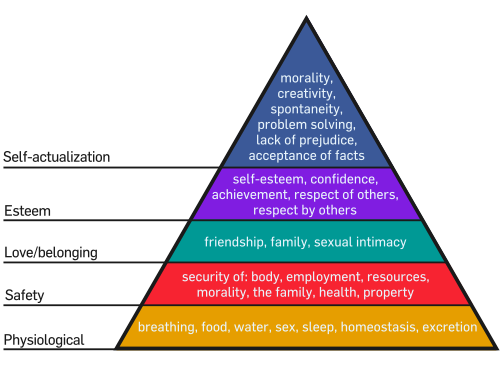Benefit-Driven Language: Marketing What You REALLY Bring to Your Customers
 If you’re in charge of marketing efforts for your own company it’s only natural to be proud of your products or services. And depending on your business, it’s likely you marketing materials include exhaustive lists of features, amenities, capabilities, and specifications. While educating potential customers on your products and services is incredibly important, there is one detail people pay attention to more than any other: the benefits.
If you’re in charge of marketing efforts for your own company it’s only natural to be proud of your products or services. And depending on your business, it’s likely you marketing materials include exhaustive lists of features, amenities, capabilities, and specifications. While educating potential customers on your products and services is incredibly important, there is one detail people pay attention to more than any other: the benefits.
The simplest way to think of benefits is this: it’s the “point” of your product or service. If you tell a customer about a feature (i.e. the materials, the technical specs, the ingredients, etc.) they will likely ask, “So what?” Your answer to that question is the benefit. It’s very important that the language of all your marketing material—from sales letters to group SMS messages—always direct back to the benefits of your service.
To make sure you properly craft your messages with benefit-centered language, think about the emotional needs of your customers. Benefit-driven language is supposed to address those things every human really wants. And whether it is through time, money, or social exposure, what people really want is emotional satisfaction
Pretty deep, right?
Believe it or not, your company—whatever it does—provides some emotional satisfaction that should be addressed in your marketing campaign. Whether you are a restaurant that offers social acceptance (in the form of a warm atmosphere) or an antique shop that provides love (in the form of a meaningful Christmas gift), the value your business provides to customers extends far beyond any tangible item. The best TV ads play to viewers’ emotions masterfully. Whether it leaves the viewer laughing, thinking, or with a lump in his throat, the commercial will definitely inspire more action than the one that merely boasts about itself.
Just as important as the emotional needs your company satisfies are the emotional nuisances your company takes away. Consider the stress, conflict, and uncertainty your customers face in their everyday lives. If your product can reduce even one of those it would provide a great benefit. Your bank may take away some of the financial uncertainty people feel every day. A workout at your gym may relieve the stress of the average workday. Really think about why your customers patronize your business then reinforce that throughout your marketing campaigns.
Emotion-based, benefit-centered language walks a line between helpfulness and presumptuousness. Businesses explicitly discussing love and acceptance with their customers may come across as awkward. But a head nod toward these emotional needs will effectively illustrate the true value of your service.
Whether you approach benefit-driven language through emotional appeals or more factual “cause-and-effect” logic, no marketing communication is complete without an answer to the “so what?” question. Take some time to think through your customers’ needs. That little piece of empathy should be enough to get more prospects on board.
















